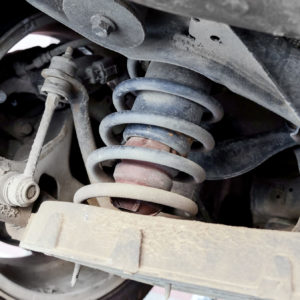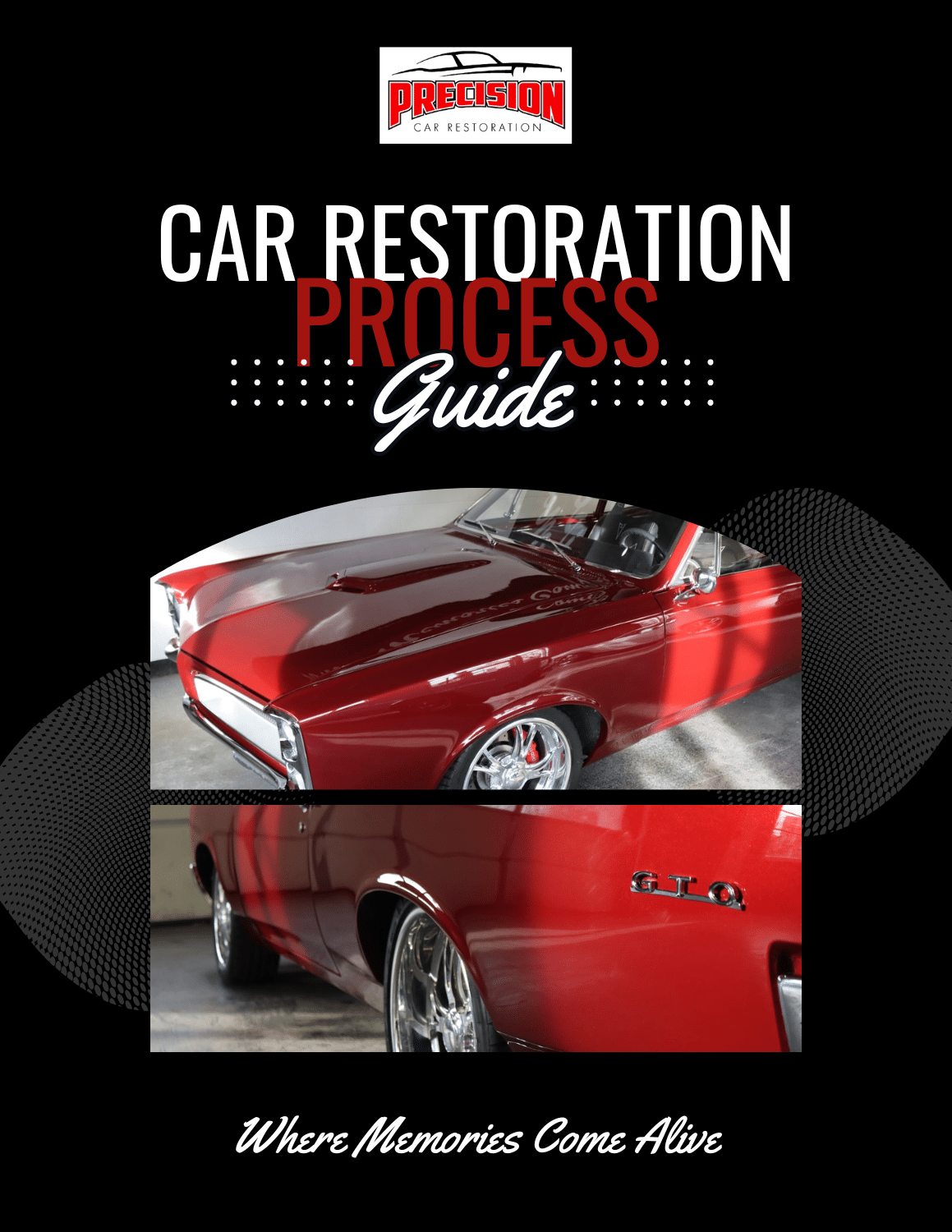 Classic cars look amazing. They have a design quality and a style that is inimitable, and they’re capable of inspiring a strong emotional connection. They’re nostalgic, powerful, and eye-catching. But they’re also pretty difficult to drive. Indeed, if you’re used to modern amenities like power steering and four-wheel drive, driving a classic car for the first time can be an unsettling experience. Because classic cars can handle so rough, it’s important for all classic car owners to understand when they require classic car suspension repair. The suspension is the system that connects the tires to the rest of the vehicle and that contains springs, shock absorbers, and ball joints. Operating a vehicle with a broken suspension can be dangerous.
Classic cars look amazing. They have a design quality and a style that is inimitable, and they’re capable of inspiring a strong emotional connection. They’re nostalgic, powerful, and eye-catching. But they’re also pretty difficult to drive. Indeed, if you’re used to modern amenities like power steering and four-wheel drive, driving a classic car for the first time can be an unsettling experience. Because classic cars can handle so rough, it’s important for all classic car owners to understand when they require classic car suspension repair. The suspension is the system that connects the tires to the rest of the vehicle and that contains springs, shock absorbers, and ball joints. Operating a vehicle with a broken suspension can be dangerous.
Here, we’ll explain everything you need to know about classic car suspension repair –– including how to identify a broken suspension and your options for replacement parts.
Suspension Problem Signs
Shock absorbers, springs, and other parts of the suspension can last for years if well maintained. However, like any other car part, wear and tear over time will affect their performance. The following issues are signs that your classic car may be in need of suspension repair:
- If the car handles rough, i.e. bounces and jerks on the road
- If the car is hard to steer
- If the car lists to one side
- If the car sits low when parked
Trying to drive a classic car regularly with a broken suspension can not only lead to further vehicle damage, but it’s hazardous as well.
Suspension Repair Solutions
There are two ways classic car owners can approach a suspension repair. The first is to seek out original equipment manufacturer (OEM) parts. These parts are made by the car manufacturer specifically for the car. Collectors sometimes value OEM parts because they want their vehicle restored to its exact, original state. OEM parts, though, can be difficult to find –– particularly for rare cars. As a result, OEM parts may prove to be expensive.
The other option for classic car owners is aftermarket parts. Aftermarket parts are, unlike OEM parts, built by third-party companies. Aftermarket parts are generally cheaper, and they also allow classic car owners the ability to upgrade. For instance, most muscle cars from the ‘60s enjoy lots of aftermarket support. Therefore, many car owners decide to upgrade their suspensions with modern shocks and springs to improve handling. It’s easy to see the appeal of enhancing a classic cars drive-ability with modern tech.
In the end, the choice between OEM and aftermarket parts is a personal one, and we’re happy to accommodate either in a restoration.
The Bottom Line
A classic car suspension upgrade won’t change the aesthetics of a classic car, but it will make it much easier to drive. So if you’re planning on cruising in your classic car, make it a point to get the suspension checked out first.
Learn More
At Precision Restorations, we can handle every aspect of a classic car restoration from the paint job, to the shocks and springs, and everything in between. Contact us toll-free at 1-844-652-1966, or email me directly at [email protected]. We love talking about restoring classic cars!

